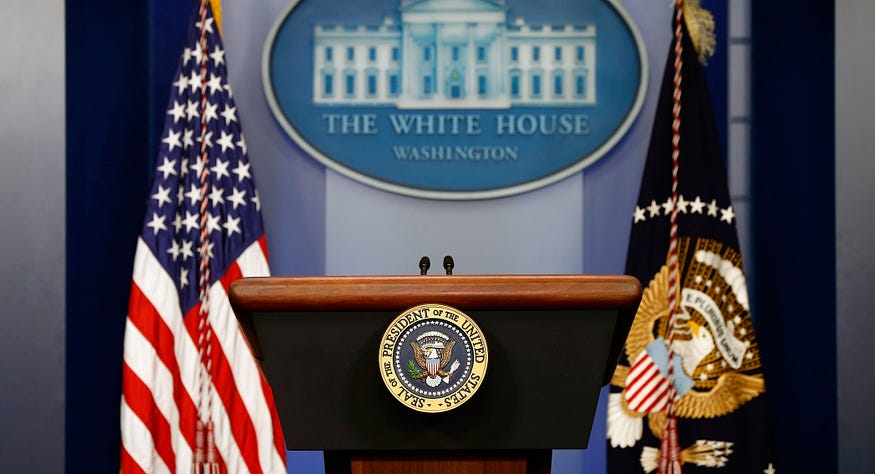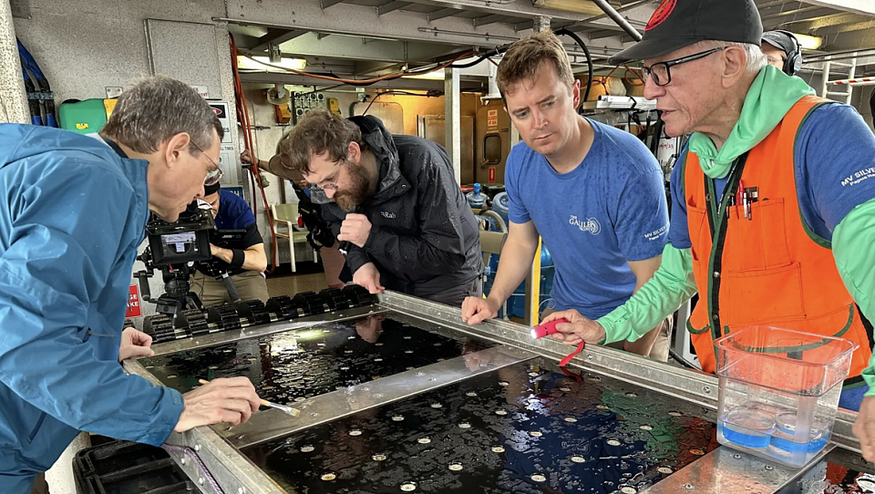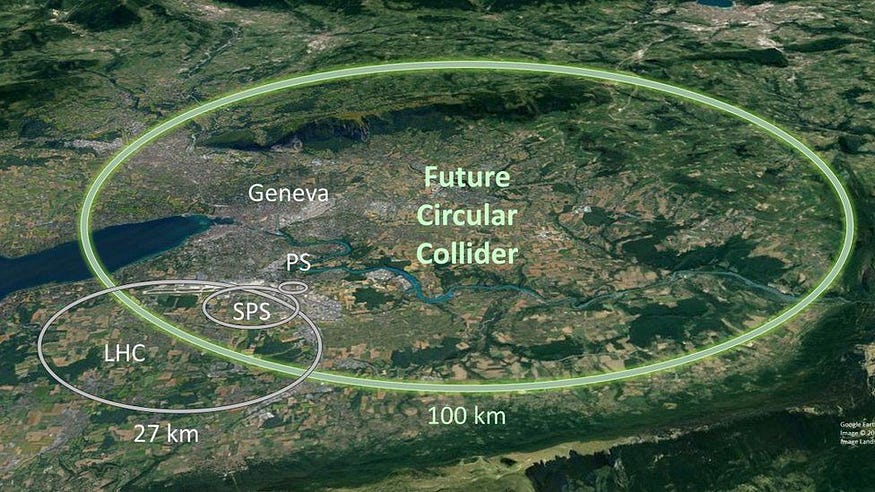In this week’s news article, we’ll be taking a look into the news and headlines to pick out curious reports of the strange, weird, and mysterious. Anything from UFO news, to science advancements, the paranormal, and stuff labeled fringe science and fringe phenomena.
Here’s a summary of the latest episode.
▶️ Watch Weekly Strange News Here
UFO Records and Congressional Actions: A Glimpse into the Unknown

A recent report by nextgov.com highlights a groundbreaking piece of legislation embedded within the 2024 defense policy bill, directing federal agencies to systematically organize and label their UAP records. This legislation aims to ensure that these documents are prepared for public release and submission to the National Archives by the end of the current fiscal year, marking a potential turning point in the public’s understanding of these mysterious sightings.
This directive comes at a pivotal moment, shortly after Inspector General Robert P. Storch emphasized the need for a unified protocol in documenting UFOs. The comprehensive collection of UAP records, soon to be housed at the National Archives and Records Administration (NARA), promises to offer unprecedented insights, although the establishment of a presidential commission for declassifying UAP records — a measure supported by Senate Majority Leader Chuck Schumer — was omitted from the law.
The responsibility of guiding this historical endeavor falls on Laurence Brewer, the U.S. Government’s chief records officer, and Chris Naylor from NARA. They are tasked with providing clear instructions for compiling the UAP collection, including developing specific forms for tagging these records.
Harvard’s Avi Loeb and the Quest for Alien Technology

Harvard astronomy professor Avi Loeb brings forward what he believes to be new evidence of alien technology. Loeb’s discovery of magnetic spherules in the Pacific Ocean, which he posits originated from an object roughly the size of a watermelon that collided with Earth in 2014, suggests the remnants of an alien artifact. Despite facing skepticism from the scientific community, Loeb remains steadfast in his research providing a second peer reviewed paper debunking the theory that the spherules found were human-produced coal ash.
Nevada is a UFO Hotspot..!
Lincoln County, Nevada, renowned for its proximity to Area 51, reports the highest rate of UFO sightings per capita in the U.S., according to News Nation. Despite a surge in sightings, it’s estimated that fewer than 5% of witnesses report these encounters, often deterred by stigma and concerns over career impacts, especially among military personnel. This hesitancy raises questions about what’s truly observed in the skies — whether these are test aircraft from a supposedly dormant Area 51 or phenomena of another origin.
AI Child Emerges
The Beijing Institute for General Artificial Intelligence (BIGAI) has unveiled an AI dubbed Tong Tong, described as the world’s first AI child. Unlike typical humanoid robots, Tong Tong exists in a virtual environment, demonstrating capabilities akin to a 3–4-year-old child, such as learning, problem-solving, and even experiencing emotions like joy, anger, and sorrow. This advancement underscores a significant leap towards Artificial General Intelligence (AGI), aiming to create AI that can autonomously navigate and understand the world with human-like values and common sense.

Tong Tong’s introduction at the Frontiers of General Artificial Intelligence Technology Exhibition in Beijing marked a new direction in AI development. The AI’s ability to self-assign tasks distinguishes it from current AI chatbots and robots, which rely on human input for operation.
MiniTouch: New Prosthetic Technology

Cell.com reports a groundbreaking advancement with the creation of MiniTouch, a device enabling prosthetic limbs to convey natural temperature sensations. This innovation, which can be integrated into existing commercial prostheses, promises to restore a crucial aspect of sensory feedback lost through amputation.
Fabrizio, a participant who lost his hand over 30 years ago, shared his touching experience with MiniTouch, feeling warmth and a sense of reconnection. The device’s development represents a significant stride in improving the daily lives of those with amputations, allowing for enhanced interaction with their environment.
Designed to transmit thermal information to the wearer’s nerves, MiniTouch aims to bridge the gap in sensory feedback, though it faces challenges in fully replicating the intricacies of human touch. The research team is working on expanding the device’s capabilities to include a broader range of sensations, aiming for a more natural and intuitive user experience.
CERN just got 4x Bigger

At the heart of particle physics research, CERN’s Large Hadron Collider (LHC) is pioneering investigations into the profound mysteries of our universe, including the tantalizing theory of extra dimensions. This exploration, grounded in advanced concepts like string theory, seeks to reveal dimensions beyond our observable three-dimensional space through high-energy particle collisions.
In related developments, CERN has announced plans for the Future Circular Collider (FCC), a proposed particle collider that dwarfs the LHC in both size and power. With an estimated cost of $17 billion and a 57-mile circumference compared to the original only being 16.5-miles in circumference, the FCC aims to delve deeper into the Standard Model of particle physics. By achieving collisions at energies never before seen (100 tera electron volts), the FCC hopes to uncover new particles, solve the mystery of matter’s dominance over antimatter, and explore dark matter and dark energy.
▶️ Watch Weekly Strange News Here
Access all of Cristina Gomez’ links — click here

Comments & Upvotes